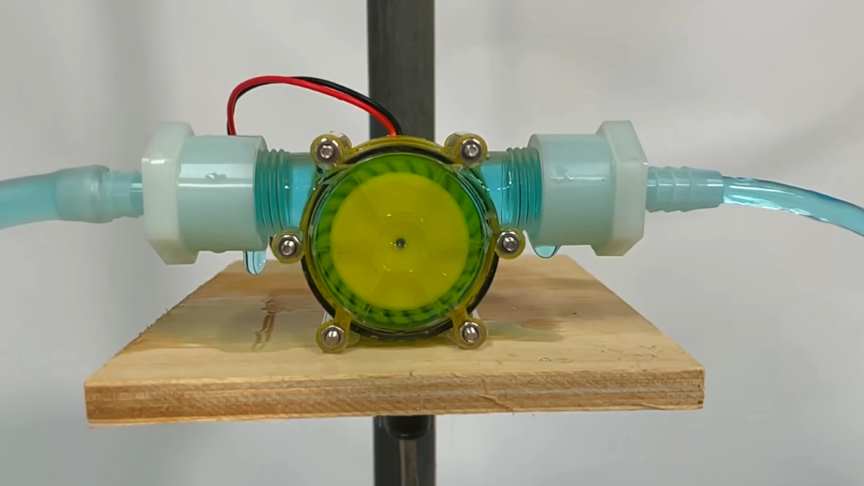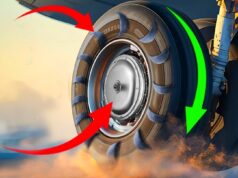Explaining how pumps produce both pressure and flow with some fun water demonstrations.There’s a popular and persistent saying that pumps only create flow in a fluid, and resistance to that flow is what creates the pressure in a pipe.
source/image(PrtSc): Practical Engineering
This video goes into some details about how two kinds of pumps work: centrifugal pumps and positive displacement pumps. A centrifugal pump converts rotational energy, often from a motor, to energy in a moving fluid. A portion of the energy goes into kinetic energy of the fluid.
Fluid enters axially through eye of the casing, is caught up in the impeller blades, and is whirled tangentially and radially outward until it leaves through all circumferential parts of the impeller into the diffuser part of the casing. The fluid gains both velocity and pressure while passing through the impeller.
Advertisement
A positive-displacement pump makes a fluid move by trapping a fixed amount and forcing (displacing) that trapped volume into the discharge pipe.Some positive-displacement pumps use an expanding cavity on the suction side and a decreasing cavity on the discharge side. Liquid flows into the pump as the cavity on the suction side expands and the liquid flows out of the discharge as the cavity collapses. The volume is constant through each cycle of operation.wikipedia











